The Village Residence, nestled in the heart of Drogheda, holds a captivating narrative that spans centuries. Its story begins as a historical landmark - the Drogheda Union Workhouse - a place that once served as a refuge for the impoverished during the 19th century. Constructed on a 7.5-acre site to the southeast of Drogheda, the workhouse was a testament to the societal attitudes of the time, reflecting the struggles and resilience of the Irish people. Today, The Village Residence has transformed from its workhouse origins into a modern, compassionate Nursing home for the elderly. This remarkable transformation serves as a symbol of societal evolution toward a more humane treatment of the vulnerable. As we delve into the rich history of The Village Residence, we uncover layers of stories that not only connect us to the past but also help in shaping our understanding of the present and guiding our steps toward the future.
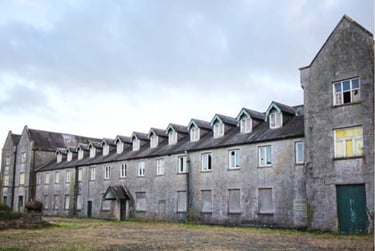

Accommodation Block of a Workhouse: The Wilkinson Model
George Wilkinson, a respected architect born in 1814, holds a significant place in the history of Drogheda for his instrumental role in the construction of the Drogheda Union Workhouse. Hailing from Witney, Oxfordshire, and son of W.A. Wilkinson, a renowned carpenter and builder, Wilkinson brought forth a deep understanding of functional design and a keen awareness of the social issues of the 19th century. His architectural prowess is evident in the Drogheda Union Workhouse, a structure designed to house up to 800 inmates. The buildings were made from locally sourced materials, diversifying the facade across regions, as detailed in Wilkinson's 'Practical Geology and Ancient Architecture of Ireland'. His legacy, mainly through Ireland's Union Workhouses, showcases a significant shift in societal attitudes towards the impoverished and highlights the resilience of the Irish people during challenging times.


The Drogheda Union Workhouse was erected on a 7.5-acre site to the southeast of Drogheda following the standard design issued by Poor Law Union architect George Wilkinson and designed to accommodate 800 inmates. The construction cost £7100 plus £1450 for fittings, etc, and was declared fit of paupers on 18 November 1841, receiving its first admission on 16 December. During the famine in the mid-1840s, a 50-bed fever hospital was erected at the south of the main building with sleeping galleries to accommodate an extra 40 inmates and additional hospital accommodation for 20 patients in hired buildings. The workhouse buildings fell into disrepair in the late 1960s-1970s and were finally demolished.
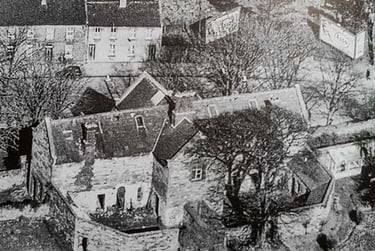

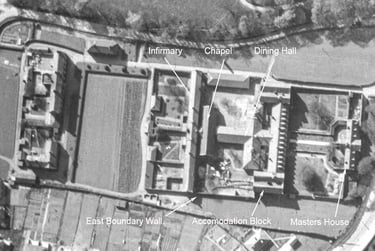

Masters House (1960s) Looking northeast
Irish Air Corps image 1939 showing workhouse
The powerful transformation of The Village Residence from a workhouse to a care home is more than just a physical change. It represents the evolution of societal attitudes towards caring for the vulnerable and serves as a symbol of community strength and resilience. Through its rich history, it connects us to our past and guides us towards building a better future for all. As we reflect on the past and look towards building a better future, let us remember the transformative power of empathy and kindness in creating a more just and equitable world. So let us cherish and preserve our shared history and continue to learn from it, as we strive towards a brighter tomorrow.

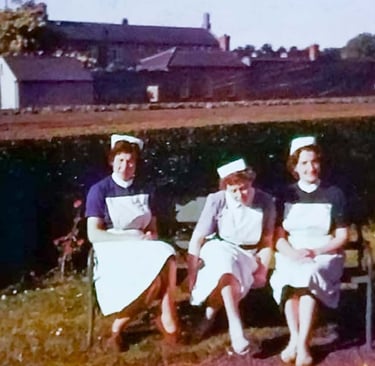
Nurses at Community Hospital in 1965 with workhouse to rear
The modern building masterpiece by Broomfield Construction was designed under the architectural genius of Kennedy Fitzgerald. The single-story structure, including a nursing unit with attic space, ancillary buildings, a new ESB substation, and car parking, is outfitted with a covered walkway that leads to the main building. Notable features include an external façade of brick, plaster and cladding, roofs of slate, torch on felt, and zinc with structural skylights. The internal structure exhibits a blend of blockwork with sand and cement plaster and metal studs with a skim finish. Vinyl flooring with coved skirtings and matwells provide contrast, while MF ceilings with plasterboard lend sophistication. Glazed aluminium windows with spandrel panels and necessary louvres add to the aesthetic appeal, and internal joinery includes hardwood door sets, architrave and skirting, ips panels, whiterock cladding, handrails, fitted and loose furniture.
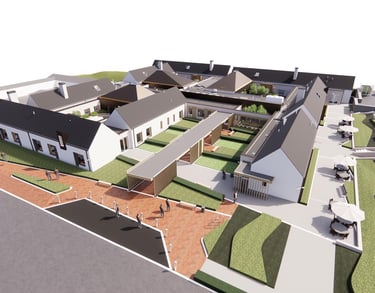

The Village Residence
The Village Residence" stands as an outstanding embodiment of progressive elderly care, combining the comfort of a traditional village environment with the benefits of modern technology. From its architectural design to its personalized care programs and introduction of innovative technologies, every aspect of "The Village Residence" is designed with a single goal in mind - enhancing the quality of life of our residents. As we embrace the future, we remain rooted in our rich heritage and committed to our mission of providing a nurturing, compassionate, and joyful environment. "The Village Residence" is where tradition meets innovation for the well-being of our cherished residents.
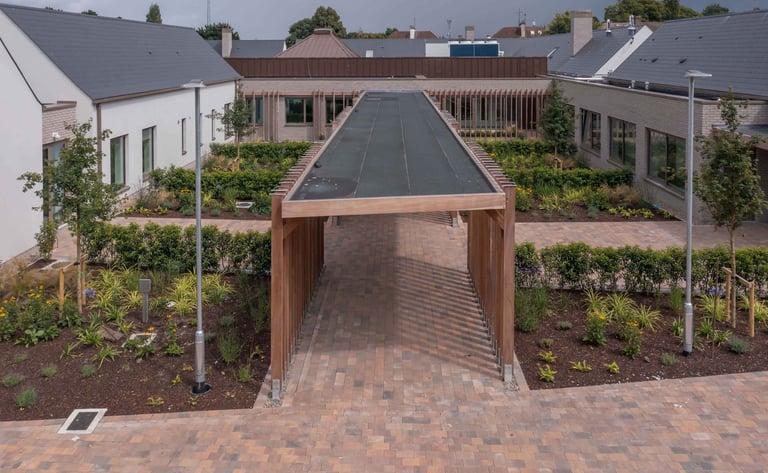

"The Village Residence" (A modern-day state-of-the-art building)

